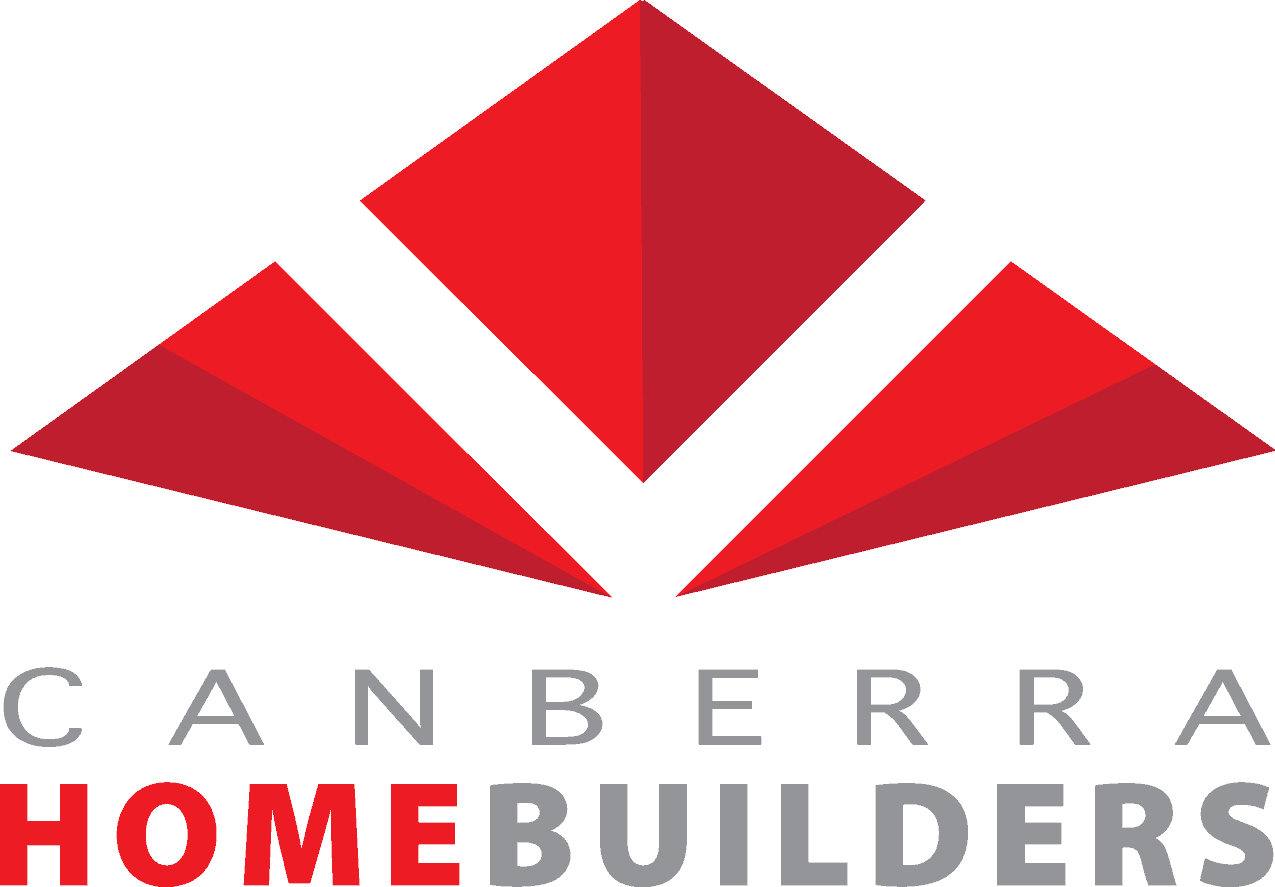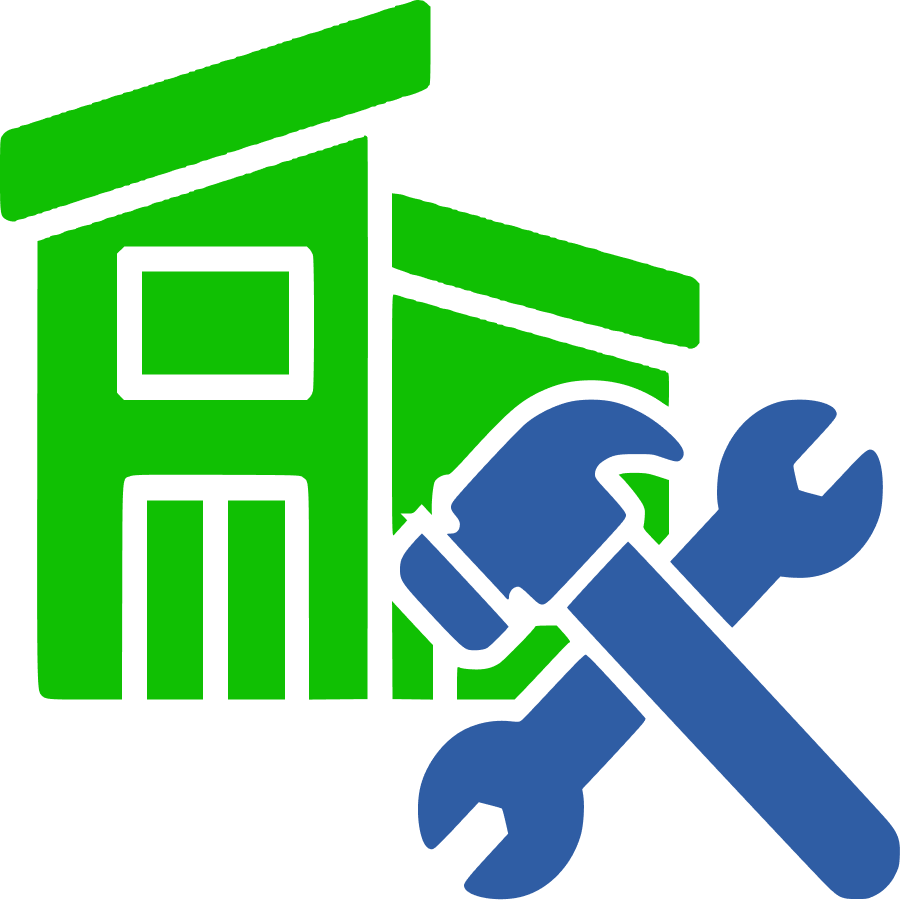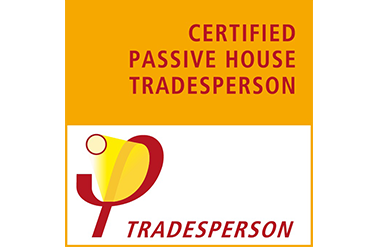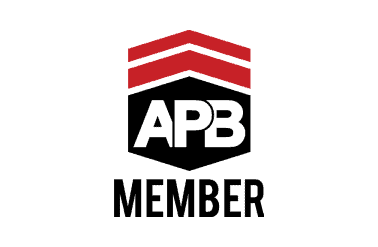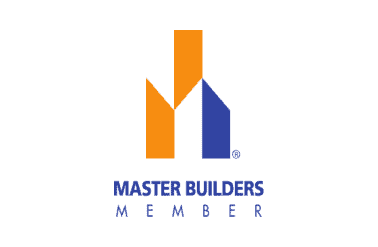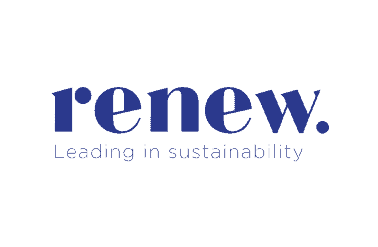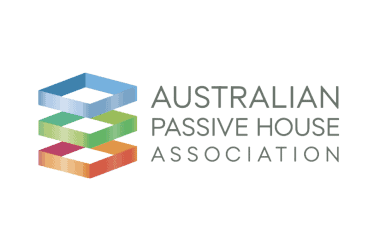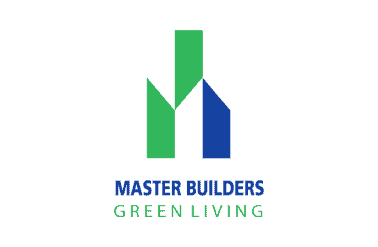Passive Home Builders You Can Trust
Passive home building is gaining popularity in Canberra, as more and more people are looking for energy-efficient and environmentally sustainable housing options. Passive homes are designed to reduce energy consumption by using passive solar heating, natural ventilation, and high-quality insulation.
Fitness and spinning events, training courses for instructors. Fispin, FispinAcademy, Rimini Wellness legalize trenbolone acetate women’s fleece fleece fitness sweatshirt | black
At Canberra Home Builders, our team of passive home builders are experts in designing and constructing homes that are not only energy-efficient but also comfortable and healthy to live in. Our homes use high-quality materials and innovative building techniques to create living spaces that require very little energy to heat and cool, resulting in lower utility bills and a reduced carbon footprint.
If you’re considering building a passive home in Canberra, it’s important to choose a home builder with a proven track record in this field. Look for a builder who is experienced, knowledgeable, and passionate about sustainable building practices. With the right builder, you can create a beautiful, sustainable, and energy-efficient home that will stand the test of time.
If you want to learn more about home building, check out our other resources:
- How Much Does it Cost to Hire a Home Builder in Canberra?
- How To Choose The Best Home Builder in Canberra
- Home Builder vs. Contractor
- Are Home Builders Worth It?
- A Step-By-Step Guide To Building A New House
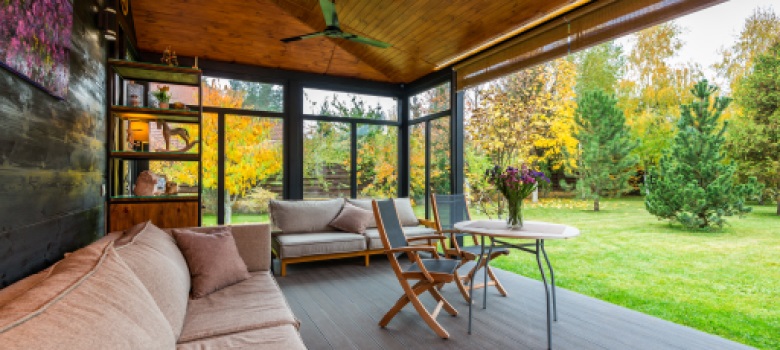
What are passive homes?
Passive homes in Canberra are homes that are designed and constructed to meet the Passive House standard, which is a rigorous energy efficiency standard that focuses on minimising energy consumption while maximising indoor comfort.
Passive homes in Canberra are designed to reduce the amount of energy required to heat and cool the home through the use of high levels of insulation, airtightness, and efficient mechanical ventilation systems. The result is a home that is extremely comfortable and energy-efficient, with minimal heating and cooling requirements.
Canberra has a unique climate, with cold winters and hot summers. Passive homes in Canberra are specifically designed to take into account the local climate and environmental conditions, ensuring that they are optimised for the region’s unique weather patterns.
In summary, Passive homes in Canberra are energy-efficient homes that are designed to reduce energy consumption and provide a high level of indoor comfort, even in Canberra’s challenging climate. They are a smart investment for homeowners who are looking to save money on energy bills and reduce their carbon footprint while enjoying a comfortable living space.
How do passive homes work?
Passive homes in Canberra are designed based on several principles that promote energy efficiency, sustainability, and occupant comfort. Here are some of the key design principles for passive houses.
Passive Solar Design
Solar passive homes use the sun’s natural heat to warm the home in the winter and shading to keep the home cool in the summer. The orientation of the house, size and placement of windows, and shading devices are carefully considered to maximise the benefits of solar heat gain.
Find out more about the important of correct orientation of your home and windows
Insulation
Passive homes have a high level of insulation in walls, floors, and roofs to reduce heat loss and gain, resulting in a more stable indoor temperature. These advantages create energy-efficient homes Canberra families trust to reduce energy consumption – a win for power bills and the planet.
Airtightness
Passive homes are designed to be airtight to prevent air leaks and maintain a consistent indoor temperature. Mechanical ventilation systems are used to bring in the fresh air and maintain healthy indoor air quality.
High-Performance Windows and Doors
Passive homes use windows and doors with high thermal performance to minimise heat loss and gain while maximising natural light.
Efficient Heating and Cooling Systems
Passive homes use energy-efficient heating and cooling systems, such as heat recovery ventilation, heat pumps, and radiant heating, to further reduce energy consumption.
Water Efficiency
Passive homes are designed to be water-efficient, with low-flow fixtures and rainwater harvesting systems that reduce water consumption.
Sustainable Materials
Passive homes are built with sustainable materials that have a low environmental impact, such as locally sourced timber, recycled steel, and non-toxic insulation.
Overall, passive homes in Canberra are designed to be highly energy-efficient, sustainable, and comfortable, providing a healthy and eco-friendly living space for their occupants.
Learn More: Top Tips for Building an Energy Efficient Home
How much savings can you expect from working with passive home builders?
The exact savings that you can expect from building a Passive Home will depend on several factors such as the size of the home, the specific design features incorporated into the building, and the cost of energy in your region.
However, it is generally accepted that Passive Houses can save homeowners up to 90% on heating and cooling costs compared to a conventional home.
Passive Homes are designed to be highly energy-efficient, with excellent insulation and airtightness, which results in significantly lower energy bills. Passive Houses use mechanical ventilation systems with heat recovery to recover heat from outgoing air, which helps to reduce the amount of energy required for heating.
In addition to the savings on energy bills, Passive Homes can also provide other financial benefits. For example, Passive Homes are built to last, with high-quality construction and materials. This means that they require less maintenance and repair over time, which can lead to long-term savings. Additionally, because Passive Homes are built to be highly energy-efficient, they can have a higher resale value compared to conventional homes.
Overall, building a Passive Home can provide significant savings on energy bills while also providing long-term financial benefits. Additionally, Passive Homes have a lower environmental impact and provide a comfortable living space for homeowners.
How much do passive home builders cost?
The cost of building a Passive House in Australia can vary depending on several factors such as the location, design, and size of the house. However, typically, custom home builders can deliver a Passive House between $2,500 to $3,500 per square metre.
While the initial cost of building a Passive House may be slightly higher than building a conventional home, the long-term savings in energy bills can be significant. Passive Houses are designed to be extremely energy-efficient, which means that the cost of heating and cooling the house is much lower than that of a conventional home.
Furthermore, Passive Houses are built to last and require minimal maintenance, which can also save you money in the long run. Overall, building a Passive House in Australia is a wise investment that can pay off both financially and environmentally.
Frequently Asked Questions About Passive Home Builders in Canberra
What Our Clients Are Saying…
Richard is one of the most honest builders you will find in the ACT.
We engaged Richard to get a rough price guide for doing a knock-down rebuild on the current property that we are renting, and he talked us out of it basically doing himself out of a job and recommended that we look at established houses or a better block to rebuild on.
He could have easily just told us what we wanted to hear and made a good profit but he was extremely honest which we greatly appreciated. He has given us good sound advice about some properties we have looked at and we can’t wait for him to build our brand-new house when the right time comes.
Richard, thank you so much for your strong work ethic and wisdom. You are not allowed to move from the ACT or retire until you build our house!
Richard has been wonderful and patient in getting our dream house ready to be built. Richard’s experience and knowledge of the industry are a great asset and he has helped us navigate the building process with confidence. We have seen some of his finished houses and the quality of the build made us sure we made the right choice.
Sildenafil, auch bekannt als Viagra Generika, ist in Dosen von 25-200mg erhältlich und bietet eine effektive Lösung bei erektiler Dysfunktion. Es unterstützt den Blutfluss zum Penis und ermöglicht eine starke und lang anhaltende Erektion. Männer, die an dieser Erkrankung leiden, können Sildenafil online auf der Webseite forumterapeutic.com erwerben. Es ist wichtig, die Gebrauchsanweisung genau zu befolgen und mögliche Nebenwirkungen schnell zu melden.
Right from our first meeting with Richard, I was struck by his attentive, confident and calm approach, encouraging close consultation and impressing us no end with his organisational skills (and organised office!).
Richard has a real commitment to ‘green’ building, and our vision was to build a home that was as energy efficient as we could afford, and was built to a high standard as our ‘forever’ home – so it was a really good matchup between us.
Looking back over this building experience, we can honestly say that we always felt our home was in safe hands with Richard.
Hello Richard and Jenny
I just wanted to say thank you. You have built a beautiful home that I am very proud of and cannot wait to show it off to all my friends. I am very grateful for all your hard work. You made the process very easy for me, because as you know at times I had no idea about a few things. Bo and Rille now have a place to call home again.
Once again thanks you so much.
Dear Richard
As I look back, I am very glad we found and selected Canberra Home Builders to construct our new house. We quickly established a friendly and constructive relationship with Richard and it became evident that he cared about our house turning out great just as much almost as we did.
Now that we have been living here for over 8 months, we are extremely happy with the outcome and the relationship with Richard has continued.
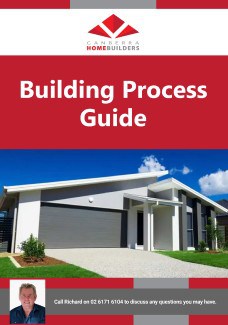
Download Free E book
"*" indicates required fields
Schedule Your Consultation Today!
Fill in the form to arrange a free 1-hour consultation with Richard. We’re excited to hear about your visions, get to to understand your individual requirements and discuss what aspects of Passive House and energy efficiency you would like to bring into your new home.
Vardenafil, auch bekannt als Levitra Bayer, ist in Dosierungen von 10-40mg verfügbar und eine wirksame Lösung bei erektiler Dysfunktion. Es verbessert den Blutfluss zum Penis und ermöglicht somit eine starke und lang anhaltende Erektion. Männer mit entsprechenden Beschwerden können Vardenafil einfach online auf forumterapeutic.com erwerben. Dabei ist es wichtig, die Anweisungen für die Anwendung genau zu befolgen und mögliche Nebenwirkungen schnell zu melden.
We can ensure that your home is designed and constructed with the latest energy-saving technologies and practices, such as insulation, ventilation, and renewable energy sources. Not only will you enjoy the long-term benefits of lower energy bills and reduced environmental impact, but you’ll also be contributing to a more sustainable future. So don’t wait any longer – schedule your consultation today and start building the energy-efficient and sustainable home of your dreams.
